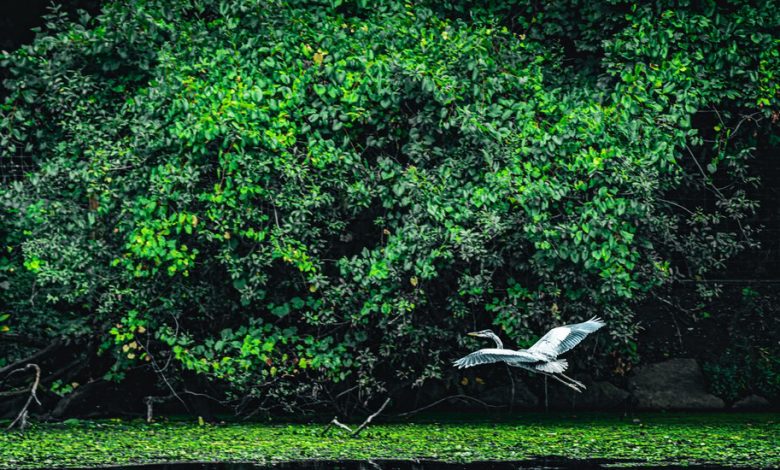What Is New York’s Greenest Borough? Probably Not the One You Think.

From hidden coves tucked along the Orchard Beach marshes to wide promenades covered by regal arches of trees in Soundview, there is a lot more green to the Bronx than the zoo or the infield at Yankee Stadium. The pastoral vibe might make you think you’re upstate, but as they said in the classic ’80s hip-hop movie “Beat Street,” this is the Bronx.
In a borough that is often defined by brick, asphalt and treeless streets, these verdant corners have long served the nearly 1.5 million people who live there. And like the rest of New York, Bronxites flocked to their green spaces during the pandemic, looking for ways to safely exercise and be around others.
Yet while blessed with so much green space, residents had long felt the city did not give Bronx parks their due — or money or staff — compared with tourist-packed destinations like the High Line or Central Park. The pandemic made access to parks of even greater importance in a borough that has consistently ranked last among the state’s 62 counties in health indicators like diabetes, asthma and obesity.
Still, some of the borough’s parks have been upgraded in recent years, with added playgrounds and athletic fields. Parks like the Mapes Athletic Field on East 180th Street and Prospect Avenue resemble festive, open-air plazas, like those in the Caribbean. The activities may change with the seasons, but the residents remain steadfast in their commitment to community, pushing officials into turning a once-abandoned lot into a neighborhood gathering place.
Some of the last remnants of the forest that once covered the area are in the Botanical Gardens. But beyond the gates of Bronx Park, a ribbon of green slices east along Pelham Parkway, where families chat on folding chairs, people play chess and others jog in the shade past the late evening traffic.
In Pelham Bay Park, fishermen cast lines off the bridge or slip through a curtain of reeds that leads to prime fishing spots. Much of this sprawling park is dense woodland, cut through with paths, paved and otherwise, where people ride horses on the edge of a golf course. At night, the traffic circle near City Island becomes more like a real-life carousel as deer graze on its grassy infield. On weekends, bridal parties head to the Bronx Victory Memorial for formal pictures.
The pandemic years made us wary of the indoors. But they also revealed the lasting value of these public spaces, where people could be together — just not too closely — and breathe deeply. These communal oases have other benefits: promoting healthy and stress-relieving habits through exercise and even stimulating local businesses through the food trucks and street vendors catering to neighborhood crowds.
In a city of islands, the Bronx — the only mainland borough — has a complicated shoreline. Much of the western Bronx has very little waterfront access, though some private developments tout waterfront esplanades as a public good, something which rankled community activists who saw land lie fallow for decades until the area became gentrified. But across and north of the Bronx River, several large waterfront parks offer golden sunsets and tree-lined paths far from traffic jams.
As for those who look at these photos and say, “Funny, that doesn’t look like the Bronx?” The joke’s on them.
